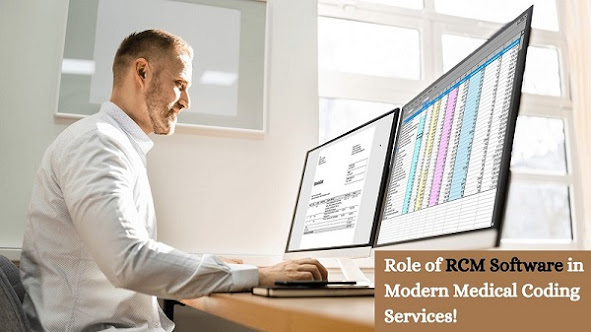Why is Patient Engagement Necessary?
The ever-changing healthcare environment has gone through
multiple phases of electronic conversion with the introduction of Health
Information Technology for Economic and Clinical Health Act (HITECH). EMRs have become a household name and
most practices now employ e-prescribing along with electronic lab interfaces.
Electronic health information exchange offers significant cost savings for the
healthcare industry and end consumers, as the processes are streamlined and
overall efficiency is improved. “The healthcare
industry has come to the realization that there is value in connected care. By
integrating activities across the care continuum, the end product ‘care’ can be
improved significantly”, says Keith Smith, a health IT consultant.
However, the main purpose of the healthcare structure is to
assure longer life spans and healthier patients. To achieve these goals, the
healthcare community must be able to undertake the responsibility of promoting
preventative care measures whilst ensuring care continuity. Farzad Mostashari,
National Coordinator for Health Information Technology explained that the
health happens with the patient and not in the doctor’s office. It is integral
for patients to be involved in the care process itself. Traditionally, patients
could not even view their own health records unless the problem was deemed
serious in nature. Health IT is changing that, with the connection between EMRs
and Patient Portals, they can now
access their health information electronically or share it with their attending
providers.
The concept of medical record ownership has evolved
simultaneously with health IT and EMR
adoption. Patients can now integrate their personal health records (PHR) with
the provider EMR hence eradicating the health organization’s monopolistic
control over personal health information (PHI). Information is the most
powerful tool and that concept only intensifies in healthcare. “A well informed patient is likely to be
more cautious and dedicated to recovery. This is why patient education is being
promoted this way. Patient Portals
have definitely aided the physician’s cause. Quality material can be shared
electronically with the patient to enhance the overall experience”, shares
a New Jersey based practitioner.
Patient engagement is an integral part of the affordable and accountable care structure. With the help of patient portals, patients are always connected to their primary physician or care organization. By requesting appointments, referrals and prescription refills online, patients can look to save both time and cost. The recent developments in mobile health technology and interoperable EMR solutions would only add to the potential benefits of these portals. “We already have mobile apps that can check your vitals and monitor certain ailments. Soon we might even see patients updating their doctors from virtually anywhere in the world”, says one health IT enthusiast.





Comments